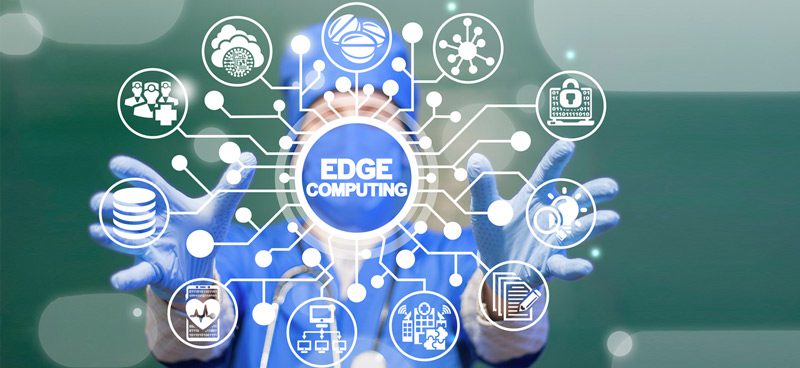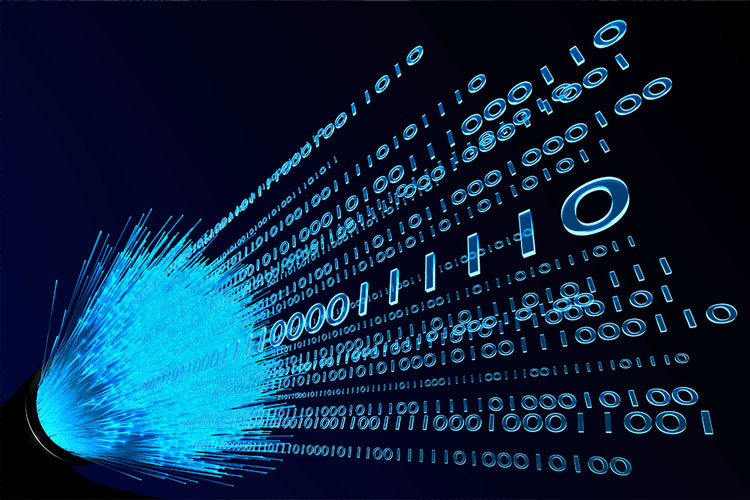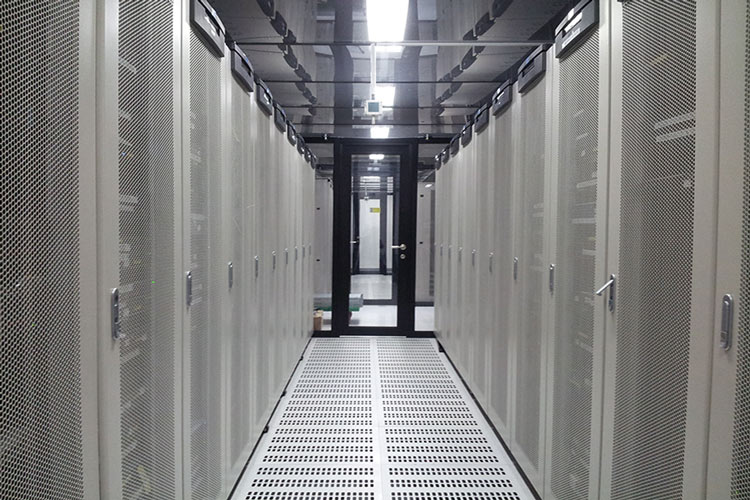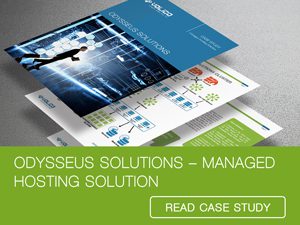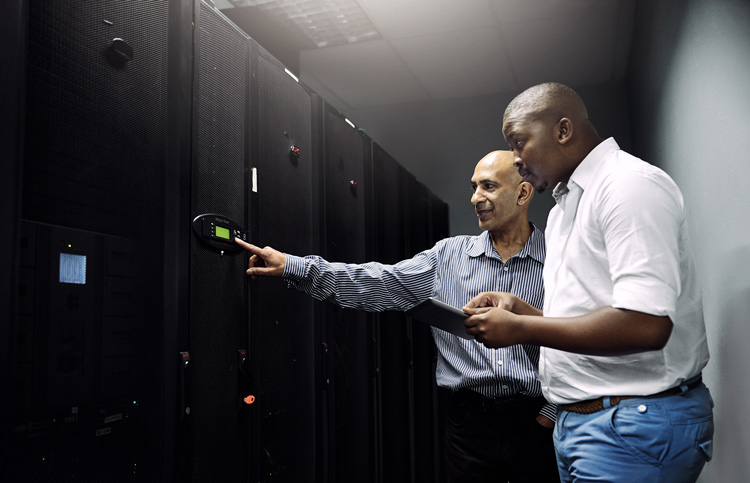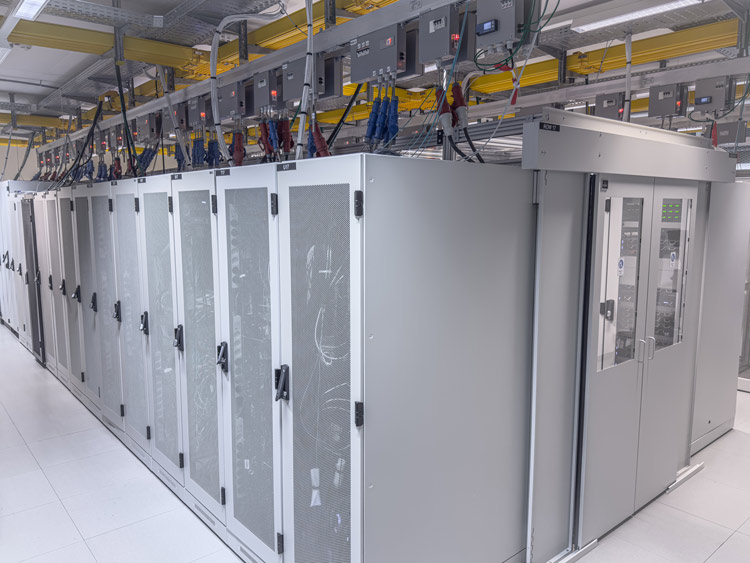The healthcare industry is drowning in data. According to a 2020 Dell survey, healthcare and life sciences data grew by a staggering 900% over the last two years, with 10 to 15 devices connected to the hospital bedside. New tools are being deployed by modern health systems, hospitals, and providers, and new models of care are being developed to serve patients better.
Further;
• Clinical trials generate about 3 million data points on average.
• Health care and life sciences account for 30% of all global stored data.
• Edge will generate 75% of all data by 2025
As a result, healthcare facilities have to deal with big data sets that can quickly become overwhelming to control, label, and share efficiently.
With the arrival of smart devices, the Internet of Things (IoT), and Artificial Intelligence (AI), healthcare providers increasingly need to process large data sets, especially for real-time applications. Edge computing and edge analytics quickly convert large volumes of data into valuable insights.
More and more healthcare facilities are turning to edge computing to counter the latency and availability hiccups associated with the cloud. That way, the facilities can compute and process information closer to the source.
Whether it is on a physician’s ingestible sensor, wearable device, mobile app, or tablet, computing at the “edge” of the data collection point is crucial for performance, scale, and speed.
What does this mean for the healthcare industry?
Let’s explore further.

Opportunities Offered By Edge Computing for Healthcare
Edge computing presents endless opportunities in the healthcare sector. Examples include:
Real-time Care
Nowadays, a significant percentage of patient care happens at retail drugstores, from scans to blood work and other assessments.
By leveraging edge computing capabilities and tools, patient care can happen on-site, in real-time. That way, patients don’t have to send samples to the lab and wait for days or weeks to get the results back.
Robot-assisted Medical Procedures
The emergence of 5G technology — the latest standard for broadband cellular networks — will also spur opportunities as it blends with edge to support IoT and Machine Learning (ML) computing tools.
The 5 G’s super-low latency network and edge computing will help power smart devices and applications.
Robot surgery, for instance, will enable surgeons to get near-instant, sub-millisecond sensory feedback. That’s not doable in any other way than through technologies like edge computing and 5G.
Such crucial information is useless if processed somewhere else and comes in a couple of seconds or minutes late.
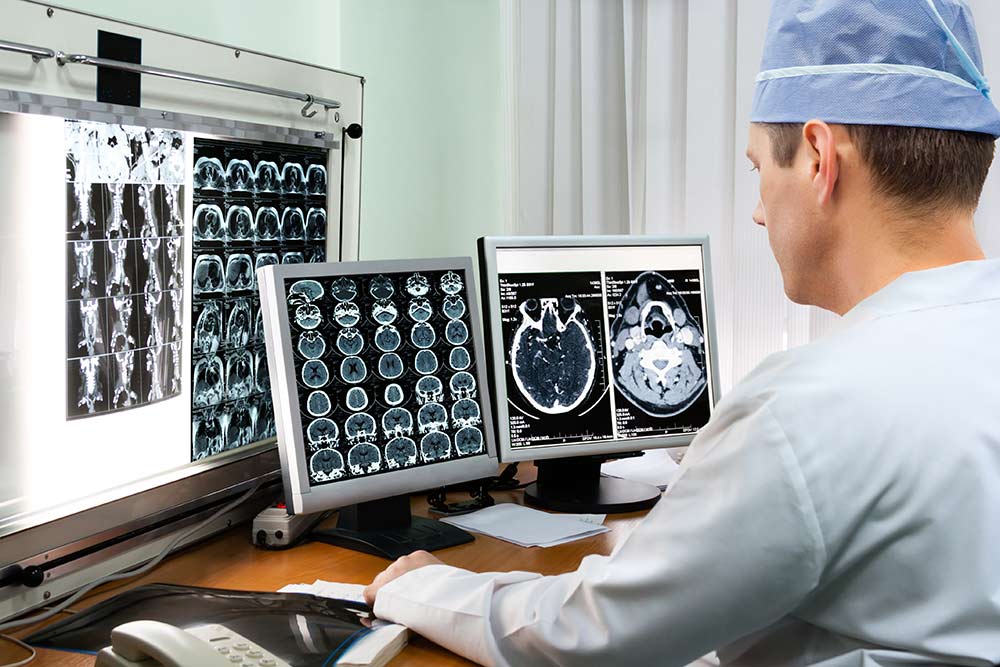
Expected Benefits from Edge Computing for the Healthcare Sector
The boons for healthcare providers that compute and process data closer to the edge include:
Savings and Reduced Operational Costs
While data storage costs have reduced significantly in the last ten years, the cost of moving data around in the healthcare sector is still rising.
Industry insiders expect the cost to continue rising as the industry experiences data spikes. They also expect healthcare facilities to implement more bandwidth to handle the ballooning data load, further driving up the result.
Still, healthcare facilities can cut down costs by adopting edge computing. Shifting to the edge means reducing the amount of data moving back and forth to the cloud and, by extension, keeping operational costs in check.
Better Speed and Reduced Latency
With edge computing, health facilities don’t have to move patients’ data from endpoints to the cloud and back.
Trimming down the entire process saves time, albeit in seconds or milliseconds. Sure, this might not seem like much, but travel time is a crucial consideration in the healthcare sector, where real-time decision-making capabilities are necessary.
Again, a perfect example of speed and low latency in handy is robot-assisted surgery, which requires machines to analyze information and return instructions nearly instantaneously for a safe procedure.
Better Security and Privacy Protections
Edge computing can deliver improved security and an extra layer of privacy protection because of its ability to keep data close to the edge, eliminating centralized servers.
While edge devices are vulnerable to hacking, they hold limited data amounts and often do not complete data sets cybercriminals can use.
For example, sensors collect a patient’s vital signs, which are then examined by an edge computing device. That particular device only holds those readings.
The script changes if the sensors send back the info to a centralized server where it’s stored with other data, including the patient’s personally identifiable information.
Better Patient Experience
Because edge computing allows doctors to monitor patients remotely and use telemedicine, it can help reduce hospital admissions and enable agile healthcare to thrive locally.
Further, edge computing offers an opportunity to improve the quality of healthcare delivered to an individual patient while providing data that could be used for the broader good.
On top of that, the dispersed edge nodes network delivers quicker responses to end-users, enabling faster retrieval and real-time data analysis, a vital capability for healthcare providers.
Moreover, smart devices and wearables can give clinicians a prompt status of key patient vitals like blood pressure and heart rate, notifying medical staff of issues before they exacerbate into serious problems.
The minimal response time in analyzing information creates better workflows allowing doctors to respond more efficiently to patients’ needs and offer a seamless experience.
Better Decision Making
A significant advantage of edge computing is reduced latency. In essence, this means that healthcare providers can receive critical patient information and knowledge when and where it is needed. That way, doctors can make data-backed decisions faster.
Everything works at lightning speed, which is especially beneficial for patients with chronic conditions who require regular monitoring.
Faster decision-making can also be a lifesaver for older patients suffering from cognition because it enables early detection of potential problems and health complications.

Volico Can Help You Implement Edge Computing
Even though some technology applications are still in their infant stages, edge computing will eventually solve problems in the healthcare industry that the cloud cannot.
Still, computing data at the edge will help solve complex healthcare challenges in the short term.
As a forward-thinking healthcare provider, you want to be part of the transformation — and that’s where Volico comes in.
By leveraging Volico edge colocation services, your healthcare facility can reap the revolutionary benefits processing, and computing data at the edge brings to the healthcare industry.
Why Volico Edge Colocation?
Volico edge colocation is a fully-fledged service that:
- It is fully redundant, with multiple points of entry to the data center, so there’s no route overlap when connecting to our data center.
- It is secure and compliant. We go beyond the basics like HIPAA and PCI DSS. Our colocation procedures, process, and operations are NIST compliant and federal-level certified.
- It is reliable. We promise 99.999% uptime across all portfolios for meaningful application performance and user experience.
- Has a high number of cloud and network providers to create an optimized environment for your applications while offering competitive internet and transport circuit rates.
With multi-cloud options, you can leverage the best breed for each application and get the highest throughput with the lowest latency to enable you to run your applications seamlessly.
Ready to get Started With Edge Computing? It’s Easy!
The healthcare edge is not just hype.
It is the game-changing technology that is reshaping the healthcare industry. And you don’t have to wait any longer to join the bandwagon.
• Call: (305) 735-8098
• Chat with a team member to discuss which solution best fits your needs.

